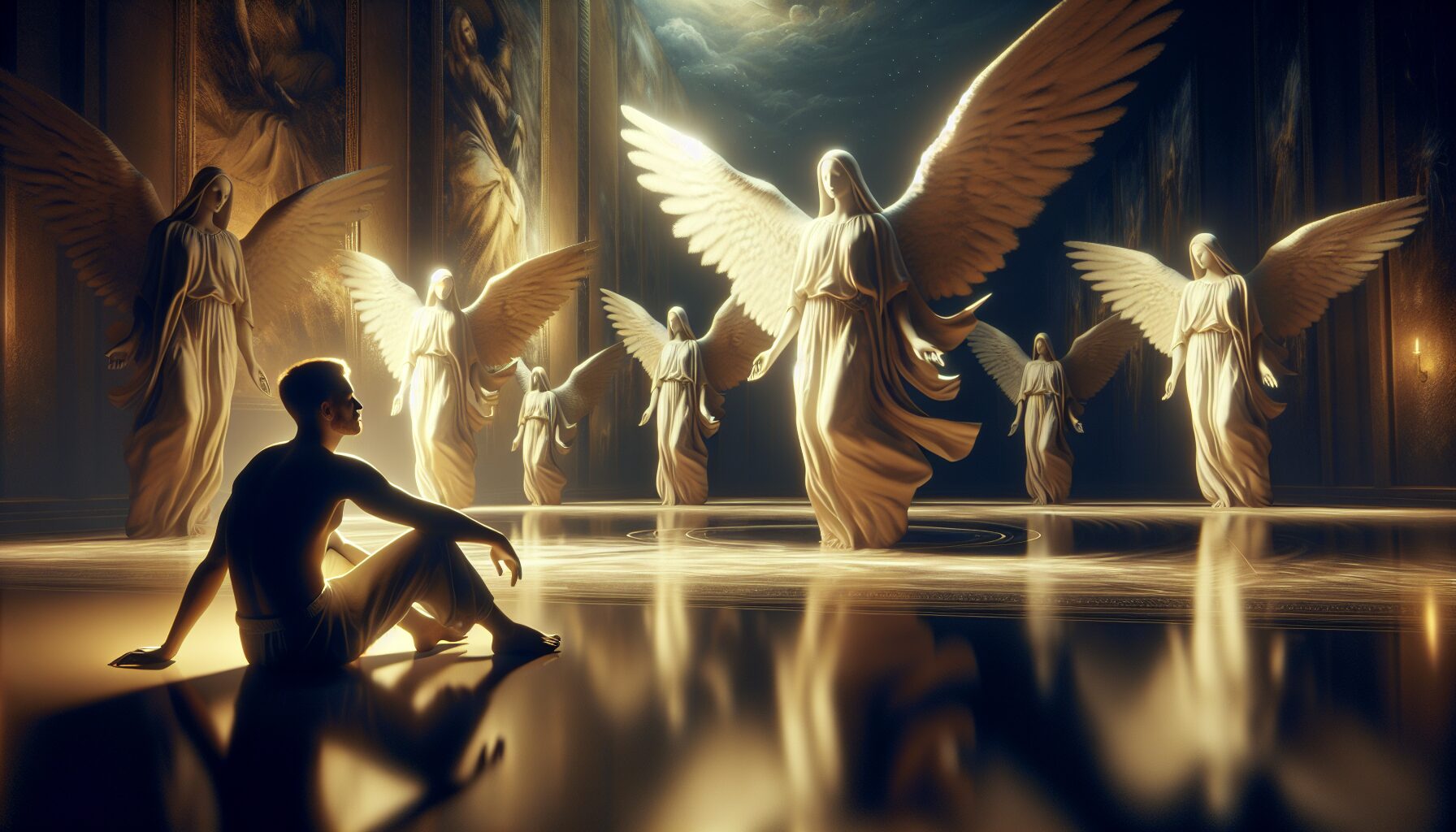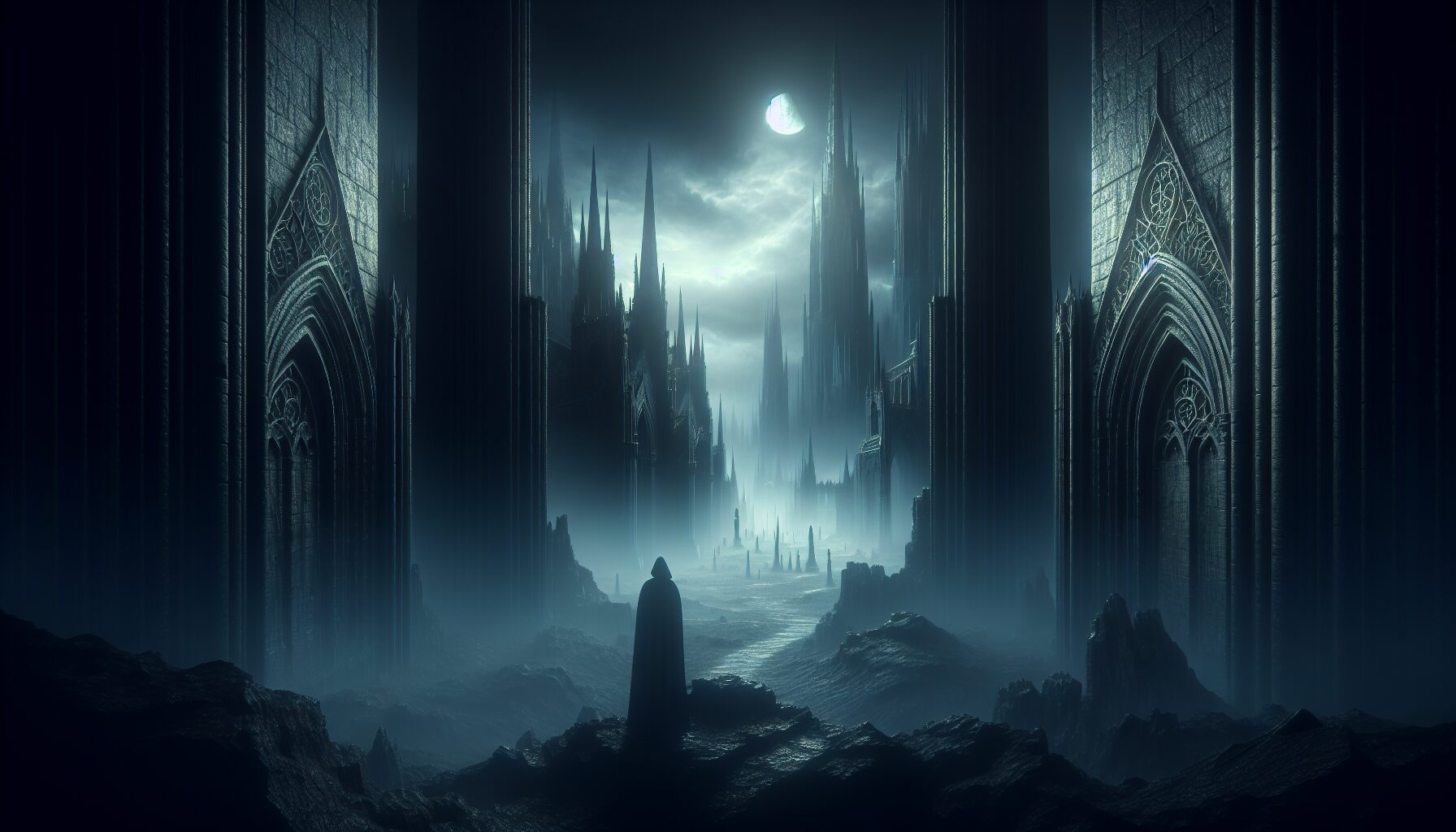The Physics of Cemeteries: Soil, Minerals, and Eternal Rest
When we think of cemeteries, we often visualize the serene and solemn landscapes dotted with headstones, rather than considering the complex interplay of physics and natural elements happening beneath the surface. The science behind burial grounds includes fascinating aspects of soil chemistry, mineral interactions, and even the process of decomposition. This article delves into these physical phenomena to explore how materials and natural processes contribute to the age-old practice of laying our loved ones to rest.
The Role of Soil in Cemeteries
The type of soil in a cemetery is crucial to how the site functions. It influences everything from the rate of decomposition to the environmental health of the area surrounding the cemetery. Different types of soil have varied textures, compositions, and drainage characteristics, all of which can influence burial conditions.
- Sandy Soil: Known for its excellent drainage, which reduces the moisture content that could otherwise speed up decomposition processes. However, it lacks the nutrients to support robust plant life, which is why some sandy cemeteries have fewer trees and less lush vegetation.
- Clay Soil: The compact nature of clay soil makes it less permeable than sandy soil, thus retaining more moisture. While this can slow decomposition, it can lead to waterlogging and challenges in maintaining grave markers.
- Loamy Soil: Often considered ideal for cemeteries as it maintains a balance of moisture and drainage. It’s nutrient-rich and supports various plant life, contributing aesthetically to the serene landscapes often associated with burial sites.
Minerals and Decomposition
The minerals present in the soil play essential roles in the decomposition process. Cemeteries are unique ecosystems where minerals interact with organic compounds during decomposition. One crucial element is calcium, which is predominant in areas rich in limestone or chalk.
- Calcium: Often found in the makeup of bones, calcium can affect the soil pH levels when the body decomposes. It contributes to alkalinity when the burial site is in a limestone region.
- Phosphorus: Another essential mineral, phosphorus from decomposed organic matter, can enrich the soil, benefiting the plant life that often flourishes in older cemeteries.
Decomposition itself is a multi-step process that involves the breakdown of body tissues, fueled by bacteria and other organisms. The rate of decomposition is highly contingent upon the aforementioned soil characteristics as well as climatic conditions.
Decomposition and its Environmental Impacts
Though the thought might be unsettling, decomposition in cemeteries does impact the environment. The release of nutrients into the soil can promote plant growth, while the interaction between decaying materials and soil chemistry can affect the quality of groundwater if not managed appropriately.
“A cemetery where bodies are buried and not cremated is really a natural composting system,” explains Dr. Thomas Glade, a geomorphologist, highlighting the ecological role of cemeteries. (Source: Environmental Research)
To mitigate any potential negative impacts, many cemeteries adhere to strict regulations regarding the depth of graves and the materials used in coffins. These measures help maintain the balance between honoring the deceased and preserving environmental integrity.
Modern Practices and Green Burials
The growing movement towards green burials aims to integrate environmentally friendly practices into traditional burials. This includes using biodegradable materials for coffins, avoiding embalming chemicals, and selecting natural spots for graves to minimize environmental disruption.
- Biodegradable Coffins: Made from materials such as wicker, bamboo, or recycled paper, these coffins allow for faster and more natural decomposition.
- No-Embalming: Bypassing embalming fluids prevents potentially harmful chemicals such as formaldehyde from seeping into the ground.
- Conservation Easements: Some green cemeteries are established in collaboration with conservation efforts, ensuring the land remains undeveloped and protected long term.
This eco-friendly approach not only respects the natural order but can also lead to the creation of dedicated conservation areas, turning cemeteries into spaces that support biodiversity and forest preservation.
The Cultural and Historical Significance of Cemeteries
Beyond their physical and environmental roles, cemeteries hold significant cultural and historical value. They are sites of remembrance, heritage, and history, often reflecting the practices, beliefs, and aesthetics of their time. This cultural aspect adds another layer of complexity to their physical layout and maintenance.
“Cemeteries are more than a resting place for the dead; they are a testament to the living history of a community,” says Dr. Harriet Evans, a cultural anthropologist. (Source: Cultural Heritage Society)
Conclusion
The physics of cemeteries encompasses a wide range of factors from soil types and mineral content to the process of decomposition and environmental impacts. As we look to the future of burial practices, embracing environmentally conscious methods can ensure that our final resting places continue to honor not just those who have passed, but the world we leave behind.
Understanding these intricate details gives us a deeper appreciation of cemeteries, seeing them not only as solemn grounds for reflection but also as meaningful components in the broader ecological and cultural landscapes.









